The development of civilization was a long and complex process, and it always rested on industry and technology. As our ancestors stepped from one millennium to another, and the Stone Age evolved further and further, new things began appearing – a new vision and new skills. This gave rise to the Bronze Age.
As the use of stone tools became outdated and new metallurgic skills became known around the world, life became much different than before. Nomadic lifestyles were exchanged for permanent settlements and agriculture; societies were centered around powerful bronze-bearing chieftains, and trade networks became widespread and dominant. It was a new age.
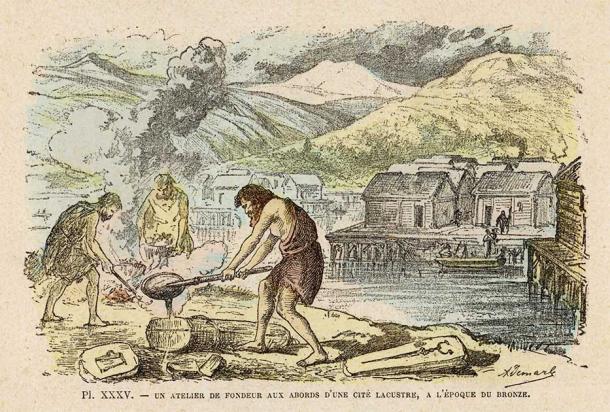
Bronze Age metalwork, circa 2,000 BC. Source: Archivist / Adobe Stock.
The Origins of the Bronze Age
To fully understand the gradual appearance of the Bronze Age, we need to look to the era that preceded it – and that is the Chalcolithic. Chalcolithic is more commonly known as the Copper Age, an archaeological period that is considered as the final phase of the Stone Age. It began at different stages in the world, but more or less around the 5th millennium BC.
It lasted for more than a thousand years, before the earliest discovery of smelting – a process in which molten copper and tin were mixed together to produce bronze, a tougher, more precious metal that brought on the Bronze Age. The earliest archaeological proof of copper smelting dates to 7,000, to a site called Belovode, on Rudnik Mountain in modern Serbia.
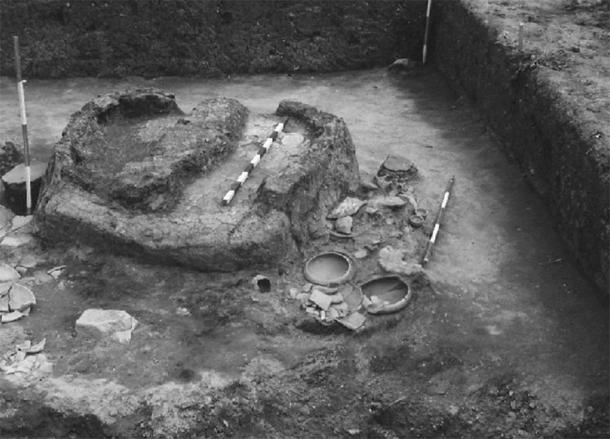
Metallurgical innovations during the Bronze Age – Late Vinča culture feature in trench 6 at Belovode excavated in 1997 that consisted of three ovens and a fireplace accompanied by 35 whole vessels and numerous pottery fragments as well as anthropomorphic and zoomorphic (bovine) figurines ( D. Šljivar )
It is the shift from stone to copper itself that instigated further developments in metallurgy, and further understanding of ores. Copper tools – most notably axe heads – were a sought after item in the Copper Age, and they even instigated new technological advancements in the creation of stone tools. Distinctly shaped copper axe heads were copied in stone by smaller cultures which didn’t possess the technique of copper smelting.
But as the centuries progressed, and the knowledge of mining and ores became more advanced, the appearance of bronze was inevitable. To create bronze, our ancestors had to combine two key ingredients – copper and tin. Both of these ingredients have quite a low melting point, but they need to be smelted separately.
Tin had to be mined, and once melted and combined with copper, the resulting alloy was bronze – much more valuable and durable. The earliest known use of tin alloy to create bronze dates to the 5th millennium BC, once more in today’s Serbia, and connected with one of the world’s earliest civilizations – the Vinča culture.
But we need to remember that the appearance of bronze was not synchronized – different parts of the world began using it in varied periods. The appearance of bronze did a lot to thoroughly change the world and the societies that possessed it.
Even though it generally lasted for 2,000 years at most, it brought serious advancements and penetrated deep into the natural order of things. It connected new lands and people through trade routes and placed great emphasis on mining. Places which were scarce in copper and tin had to import it from afar.
Trade and Travel to Secure Resources
Regular trade and communication routes were established between Denmark and the Eastern Alps, between Sumer, Zagros, and Caucasus, Egypt, and Sinai. Moreover, tin and copper ores are rarely close to one another and had to be mined separately then transported to regional centers where they would be smelted.
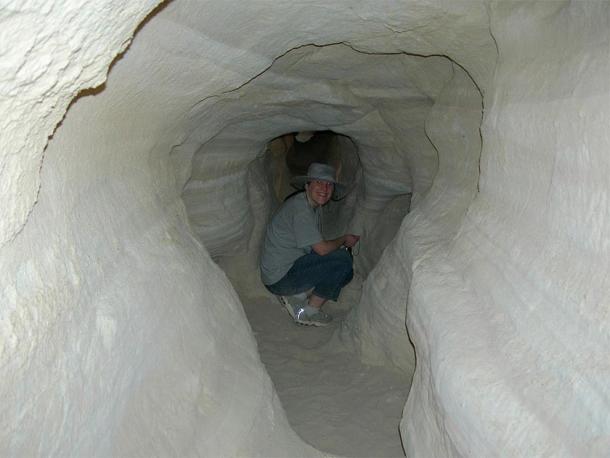
Chalcolithic copper mine in Timna Valley, Negev Desert, Israel. (Soerfm / Public Domain )
One interesting piece of evidence shows us that bronze workers of Central Europe and Scandinavia obtained their copper from the region of today’s Eastern Alps and Slovakia, and the tin from the Bohemia region or sometimes even England. Where Neolithic communities were wholly self-sufficient and acquired stone materials without having to resort to trade or travel, the Bronze Age communities were the opposite. That tells us how much bronze items were sought after.
Bronze weapons quickly became symbols of power and this gave rise to chieftains and leaders, and tribal communities – a change from mostly nomadic hunter gatherer societies of the previous age.
The Bronze Age Around the World
One of the regions that saw the earliest use of bronze was ancient Egypt. It began around 3,150 BC in the so-called Protodynastic Period of Egypt. It lasted until roughly 2,686 BC, and it was the period in which some of the greatest works of art from Egypt were made and the Egyptian culture gained its distinct character in both religious and architectural aspects.
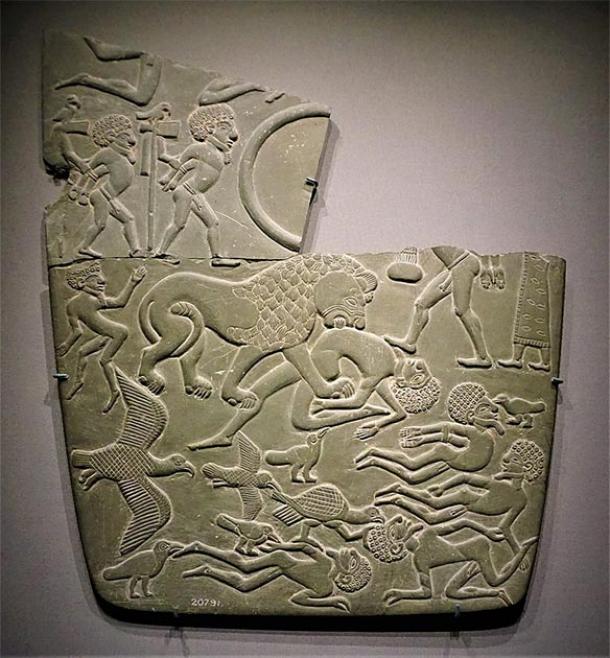
Art from Egypt 3,100 BC from the Protodynastic Period of the Bronze Age. (Joyofmuseums / CC BY-SA 4.0 )
In East Asia – mainly China – the Bronze Age appeared as early as 3,000 BC and was distinctly different from the rest of the world. The ancient Chinese civilization was always one step ahead and was characterized by the intricate and advanced creations in every aspect of their society.
During this period, bronze was mainly used for items of ritual and religious significance, and for weapons. Interestingly, the Bronze Age never properly ended in China and overlapped with the coming of the Iron Age.
In Europe too, the spread of the use of bronze was not immediate but rather gradual. In the British Isles and Ireland, the use of bronze dates to around 2,100 BC where it lasted to 750 BC. This period saw the emergence of a more distinct culture and new peoples arriving to the islands from continental Europe.
New cultures mingled and assimilated one another, and this gave rise to new customs and new beliefs. We can observe the rising pattern of single burials in stone cists and barrows, and elaborate stone megalithic creations.
A great insight into the Bronze Age in Britain was shown with the discover of the Isleham Hoard, a massive collection of more than 6,500 bronze items buried in the vicinity of the village of Isleham in England.
One of the more interesting Bronze Age cultures in Europe is the Nordic one. The so-called Nordic Bronze Age began in around 1,700 BC and lasted up to the emergence of the Iron Age in Scandinavia – 500 BC. The reason why the North European regions – namely Denmark, Sweden, Norway coasts, and Pomerania – were so late to enter the Bronze Age is because they only learned about it through trade, and they weren’t trading societies. Their lives were never completely communal and often consisted of only single longhouses – aka farms – where a family would raise cattle and work the land.
This means that today we can see a lot of Central European imported bronze items. There are even finds of bronze axes made from Cypriot copper. This is just another important insight into the far-reaching trade networks of the era. But the Northerners soon mastered bronze and developed their own unique style of weaponry and votive items that paved the way for future development in the north.
The remnants from their Bronze Age show a great emphasis on seafaring and ships. During this time the unique ‘ship burial’ custom was developed, in which the dead were buried in stone ships. Also, numerous stone carvings depict crude longboats which are surely the early forms of what would come later in the Iron Age.
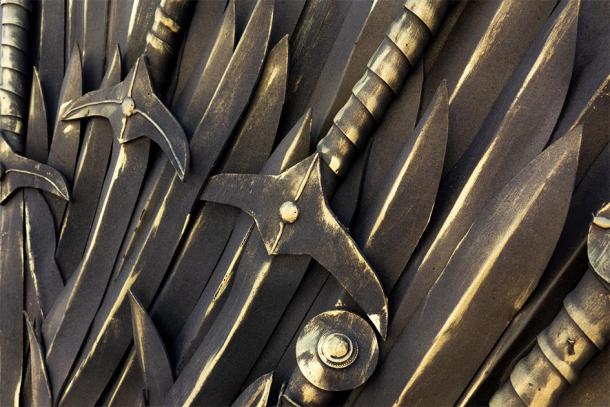
Bronze weapons. Credit: Dmytro / Adobe Stock
The Industry That Brought War: Learning From the Tollense Battlefield
But the technological advancements of that age, and the appearance of bronze and all that it entailed, makes us ask a very important question – was it for better or for worse?
Because modern archaeology gave us a very important insight into the earliest beginnings of organized, mass warfare and large scale battles – and they date to the Bronze Age. With the appearance of superior weapons and wealthy, powerful tribes, the human nature itself shifted to a different, macabre level. War came.
The Tollense Valley Battlefield is a Bronze Age archaeological site and the place of the largest and most significant conflict of the entire Bronze Age, and it shows us some important details of the warfare in this age. Located in historical Slavic Pomerania region, today in Germany’s Mecklenburg-Vorpommern state, the battlefield is located along the small Tollense River.
There is ample evidence that the plain was once a very important route with a long wooden causeway across the marshy valley, and perhaps a crucial approach for both traders and invading peoples. Since the initial discovery, extensive excavations were conducted at the site, and they yielded an immense amount of human bones and weapons.
Over 140 male individuals were discovered, all with extensive wounds, and over 13,000 bone fragments. Experts can safely say that this battle involved some 4,000 warriors – which once we consider the population density of the Bronze Age, was an immense amount of men. This makes the battle that happened here, the single largest conflict of the entire Bronze Age.
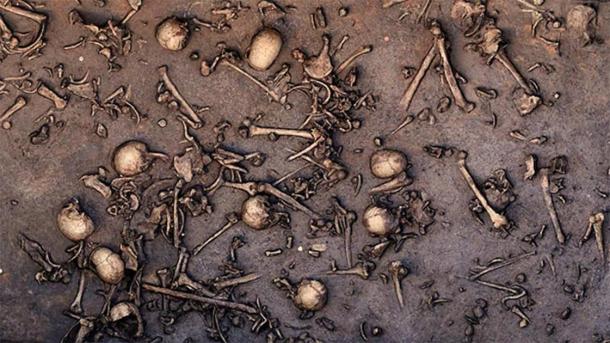
Excavation of an ancient battlefield from the Bronze Age in northern Germany revealed signs of an immense battle, such as closely packed bones, as seen in this 2013 photo of the site. One area of 12 square meters is said to have held 1478 bones, including 20 skulls. ( Landesamt für Kultur und Denkmalpflege Mecklenburg-Vorpommern/Landesarchäologie/C. Harte-Reiter )
There is ample evidence that shows us that the two opposing armies were not armed in the same way. The battlefield is a mix of flint, dated, crude weapons and the more refined bronze ones.
Likewise, the arrowheads discovered are different – they are either made from flint or bronze. This can tell us that perhaps a bronze-wielding army invaded the territory of a weaker culture that was still relying on stone weapons.
Further research shows that some men were not from the region and had traveled from far away, proven by the difference in diet. With all these things considered, the Tollense Valley Battlefield could very well be the earliest example of a large, superior, bronze-wielding culture attempting to conquer a weaker stone-wielding culture of northern Europe.
But it is also a perfect example of how metallurgic technological advancement woke the worst attributes of humans. It gradually gave rise to wealth, power and influence, conquest and war, greed and suffering.
Vinča – Europe’s Cradle of Civilization
One particular research became a breakthrough in the studies about the Bronze Age and its emergence. For years, researchers have been studying the captivating and revolutionary discoveries of the Vinča culture – one of the world’s earliest civilizations.
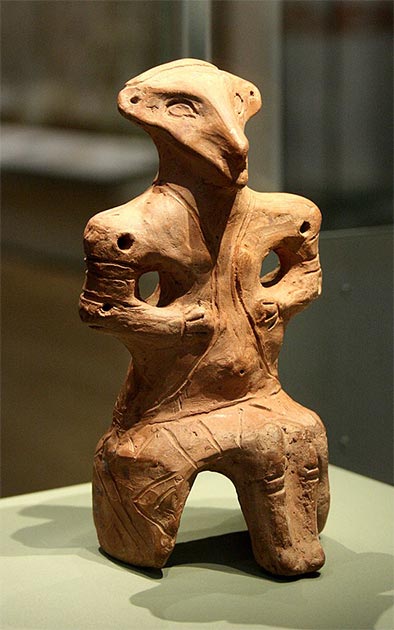
Late Neolithic Vinča fired clay figurine. (User-duck / CC BY-SA 3.0 )
This civilization flourished in the Neolithic, mostly on the territory of modern Serbia. And now, a discovery on the Pločnik archeological site sheds new light on the Bronze Age.
The leading academic journal Antiquity, edited by Robert Witcher, Associate Professor of Archaeology at the University of Durham, and published by Cambridge University Press, published the stunning finds from that site – tin bronze foils that were accurately dated to 4,650 BC. Further 14 bronze artifacts were discovered and dated to before 4,000 BC. This tells us that the use of bronze in Europe emerged independently from the civilizations of the Near East and roughly 1,500 years before the earliest presumed use of bronze.
The production of bronze on the Balkans lasted for 500 years, but there is a strong possibility that it eventually faded out with the collapse of large cultural complexes of the region. It is most likely that it emerged again only 1,500 years later, all over again.
But either way, this revolutionary discovery gives us important clues about the past of Europe and sheds new light on the highly unique Vinča civilization that could very well be the oldest one in the world – with the earliest writing system as well. Even today, we can understand that there is still a lot to be learned about our past and the deep layers of European history.
Fading Out Into a Greater Age
The Bronze Age in the Near East ended violently, with the Late Bronze Age collapse that saw many of the developed kingdoms and civilizations crumble and disappear. It was followed with the Iron Age soon after, and that too brought profound new changes on the world civilizations and plunged the world into an entirely different direction – one that would ultimately scar the face of the earth. Either way, there is a lot to be learned from the Bronze Age and its appearance, and the way in which our earliest ancestors managed to learn more from the world around them and use what was offered freely.
Top image: Details of an ancient Roman bronze statue. Credit: giorgio / Adobe Stock
Updated on January 15, 2021.
References
Childe, G. 2011. The Bronze Age . Cambridge University Press.
Fokkens, H. and Harding, A. 2013. The Oxford Handbook of the European Bronze Age . Oxford University Press.
Harding, A. 2000. European Societies in the Bronze Age . Cambridge University Press.
Mark, J. 2019. Bronze Age Collapse . Ancient History Encyclopedia. [Online] Available at: https://www.ancient.eu/Bronze_Age_Collapse/
Related posts:
Views: 0
 RSS Feed
RSS Feed















 January 16th, 2021
January 16th, 2021  Awake Goy
Awake Goy  Posted in
Posted in  Tags:
Tags: 
















